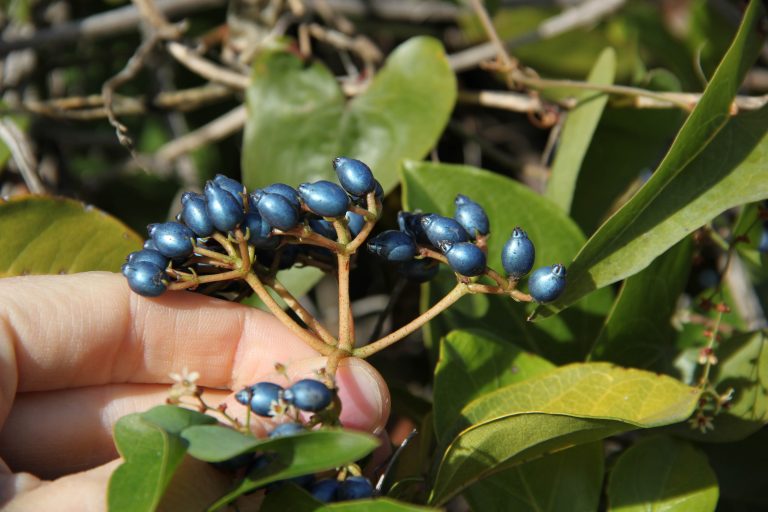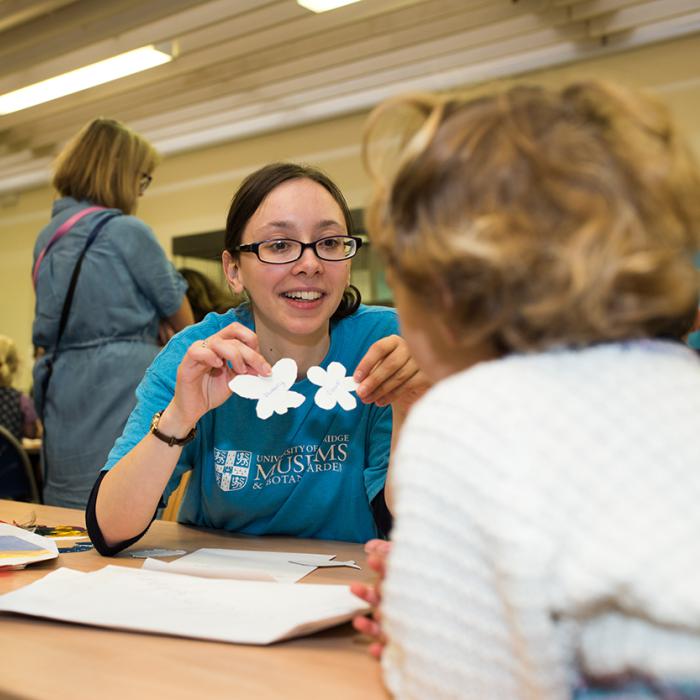Fatty fruits and feathered friends: how novel fruit colours communicate with animals
Dr Miranda Sinnott-Armstrong, Department of Chemistry, University of Cambridge

Email education@botanic.cam.ac.uk to book your place.
Join us for a botanical poetry reading in the Garden, where a lineup of green-loving poets will take us on a journey of scientific, sensory, and personal discovery in the plant realm.
Join us at the Polar Museum with artist Alice White, to explore where science and art collide and discover how the spirit of exploration is shared by artists and scientists alike. This exciting series of co-disciplinary workshops for 15-18 year olds combine practical art techniques with live science experiments and a chance to be inspired by the awe inspiring, icy worlds of the Polar Regions.
To celebrate International Women's Day 2022, the Museum of Zoology will be joined by a panel of four amazing female scientists introducing their research and answering your questions.
Panellists include:
Dr Elia Benito-Gutierrez, Senior Research Associate and Group Leader, researching the evolutionary origins of complex structures in the vertebrate head.
Join Cambridge-based architect Rolfe Kentish for this online talk which explores the restoration of the historic North-lit Anchor Studio in Newlyn, Cornwall.
Peter Apian’s Astronomicum Caesareum was published in 1540. The product of 8 years of work, it is a complex book with many interactive wheel diagrams, also known as volvelles or Apian wheels, that allowed the user to calculate the positions of the planets as they moved around the central earth. The book, published only three years before Nicolaus Copernicus’ treatise that positioned the sun at the centre of the universe, draws on a millenia of scientific knowledge and represents the pinnacle of sixteenth century print making.
Science on Sundays
A programme of free, informal, monthly science talks bringing the latest discoveries in plant science, as well as research linked to the plant collection at CUBG to our visitors in a 30 minute nutshell.
We will be running these talks as online webinars for those at home, and also screening the talks live from the Botanic Garden Classroom for those visiting the the Garden on the day.
Please check the website and social media for updates.
Suitable for adults and children aged 12+
Talks run monthly March to July
Science on Sundays
A programme of free, informal, monthly science talks bringing the latest discoveries in plant science, as well as research linked to the plant collection at CUBG to our visitors in a 30 minute nutshell.
We will be running these talks as online webinars for those at home, and also screening the talks live from the Botanic Garden Classroom for those visiting the the Garden on the day.
Please check the website and social media for updates.
Suitable for adults and children aged 12+
Talks run monthly March to July
Science on Sundays
A programme of free, informal, monthly science talks bringing the latest discoveries in plant science, as well as research linked to the plant collection at CUBG, to our visitors in a 30 minute nutshell.
We will be running these talks as online webinars for those at home, and also screening the talks live from the Botanic Garden Classroom for those visiting the the Garden on the day.
Please check the website and social media for updates.
Suitable for adults and children aged 12+
Talks run monthly March to July
MUSE, our series of practical art workshops for adults, is returning to the Museum in person! Art supplies will be provided. Each workshop is 2 hours long.

